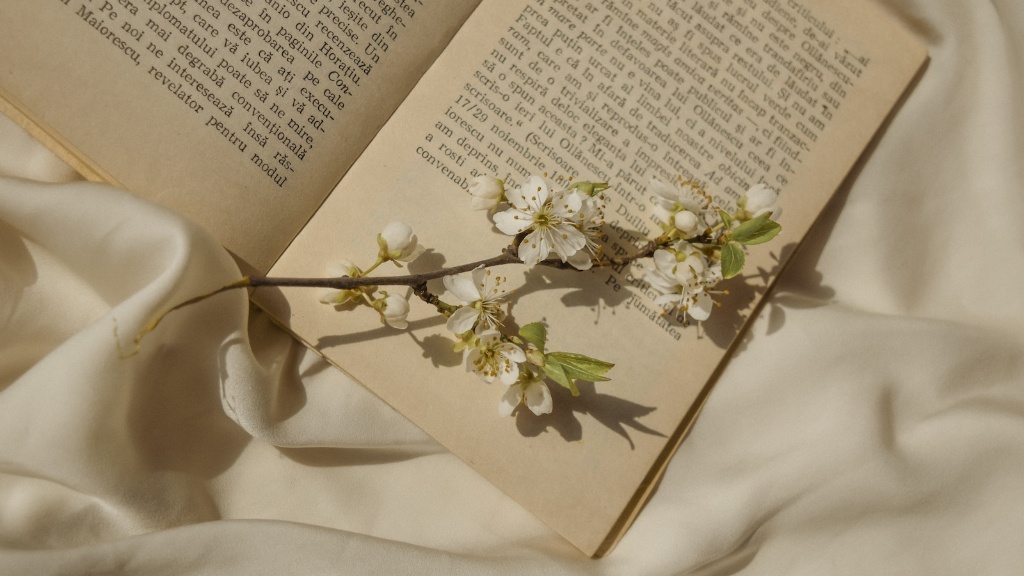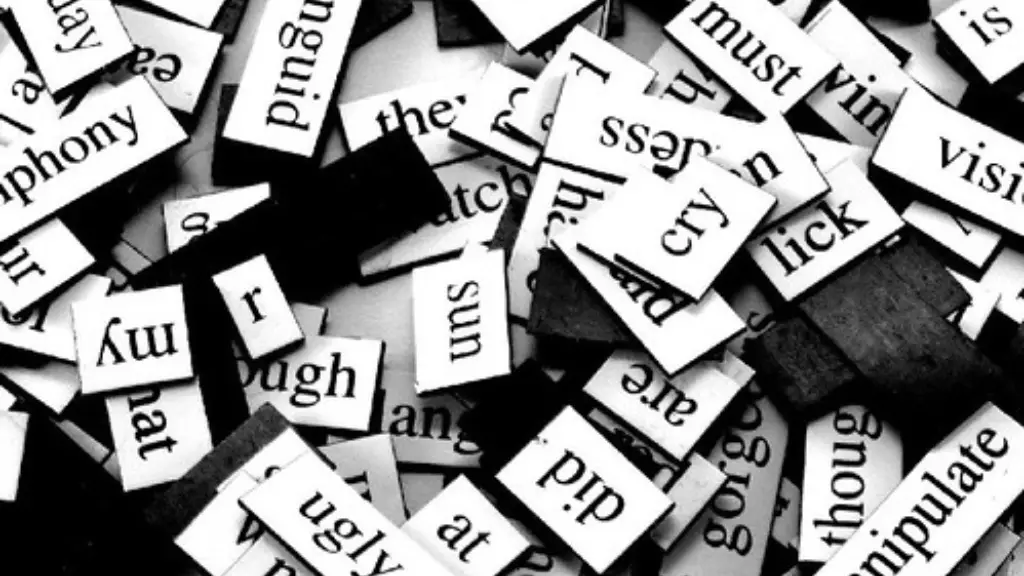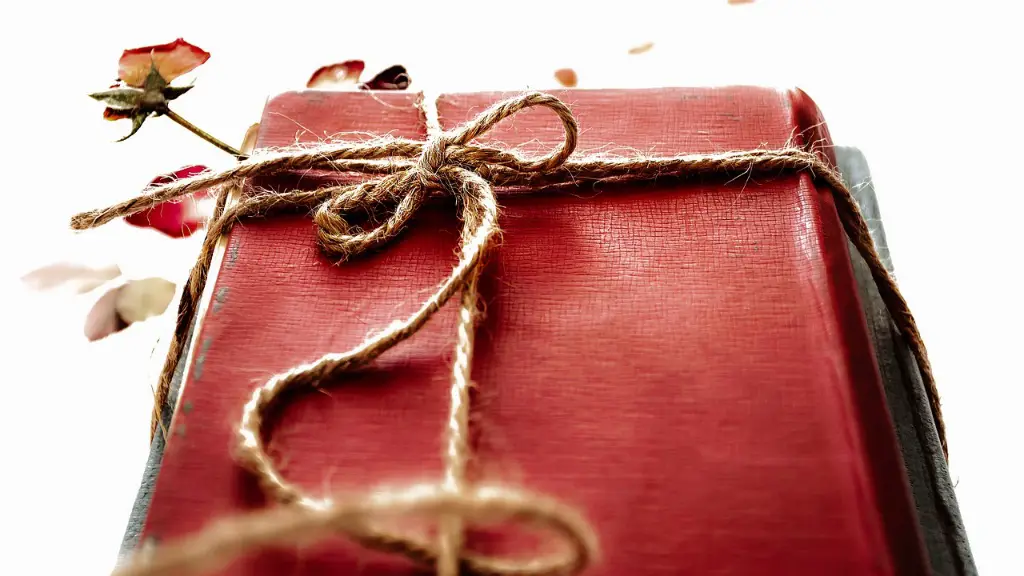Overall Overview
Poetry is an art form that has been around since the transition of oral tradition to written language. It can be used to express complex emotions and ideas within a certain structure. Poetry can be organized by a few different methods, such as to elevate meaning, to add structure and rhythm, or to spotlight specific imagery. Most poems have some structure or organization to them, whether it be traditional forms like the sonnet, or modern styles like free verse. The various techniques used to organize poetry can make poems easier to read, understand, remember, and enjoy.
Identifying Themes
When looking at a poem, one of the first steps is to identify any major themes or ideas. Identifying themes helps organize the poem into sections, making it easier to understand. A theme can be identified by looking for a repeated phrase or word, what opposing forces are present, and how the poem starts and ends. It can be helpful to underline or highlight any repeating or significant words that relate to the theme. Once the theme is identified, the poem can be divided into sections, with a potential title to each section.
Utilizing Line Breaks
Poetry relies heavily on line breaks in order to communicate its intended meaning. Line breaks are an important factor to consider when organizing a poem, as where the lines break can play a large role in interpreting the poem. Line breaks create a sense of tension and foreshadowing throughout the poem, configure the rhythm, and create pauses and emphasis. Use of alliteratives, assonance, and consonance can also be used to create emphasis or feeling within certain lines within the poem.
Establishing Metaphors
Metaphors are often used to help convey feelings and ideas that are hard to explain. A metaphor is a comparison between two unrelated things, and is commonly used to explain a difficult concept in simpler terms. Establishing metaphors within a poem can be extremely helpful in organizing and understanding the poem as a whole. Metaphors can also be used to group certain lines together and add clarity to the poem’s message.
Using Imagery
Imagery is often used in poetry to add further depth and emotion to the poem. Imagery uses visual descriptions, similes, and metaphors to create a picture of the poet’s internal emotional worlds. The use of imagery can help convey the poem’s message without explicitly stating it. Imagery can be used to highlight the mood of the poem, provide a representation of the theme, or give the reader a clearer idea of the poet’s perspective.
Utilizing Tone
Tone is an integral factor in poetry and is used to emphasize certain aspects of the poem. It can be used to evoke feelings or suggest the poet’s attitude towards the topic. Tone can be used to create a certain mood throughout the poem, and can be used to group certain lines together. Establishing a certain tone also helps to create a consistent atmosphere in the poem.
Considering Form
Form is an important factor when organizing poetry, as certain forms have a certain structure that must be respected in order to be written correctly. Traditional forms of poetry are organized by lines, stanzas, and rhyme schemes, and there are a variety of different forms such as the sonnet, the haiku, sestina, and villanelle. Free verse is less structured and doesn’t adhere to a specific form, but still needs to consider line breaks, word choice and cadence.
Utilizing Rhyme
Rhyme is often used to give poetry a more structured, organized appearance. Rhyming words can not only add a sense of rhythm and harmony, but can also symbolize the connection of ideas or feelings. Knowing where the rhymes should go in a traditional poem is important for a successful poem, as is being able to recognize which words rhyme.
Utilizing Patterns
Patterns can be used to create a cohesive unity within a poem. Traditional forms of poetry often have a certain pattern that needs to be followed, in order for the poem to be readable. Understanding the traditional forms is essential for organizing the poem to meet the requirements. Utilizing patterns can also help convey the poet’s intentions through use of syllable patterns, meter, and other techniques.
Pursuing Particular Voices
The voice used in a poem can tell a great deal about the poet’s feelings and perspective. Different voices can be used to express different emotions and thoughts, such as the use of first person or second person, or even an anonymous narrator. Different voices influence the tone of the poem and the mood, which can add to or detract from interpreting or understanding the poet’s message.
Brewing Moods
Mood is an important factor to consider when organizing a poem. Different moods can influence the message the poet is trying to convey, and the mood and tone of a poem can be established by use of techniques such as word choice, rhythm, and imagery. Moods can evoke emotion in the reader and help to create a more organized, tight poem.
Ensuring cohesion
Making sure that the different elements of a poem work together is essential for a successful poem. This includes keeping the structure, meter, and rhyme consistent throughout the poem, and making sure that the tone, topic, and mood all correspond to each other. This can be done by ensuring that the theme of the poem remains the same and by examining the poem as a whole.



